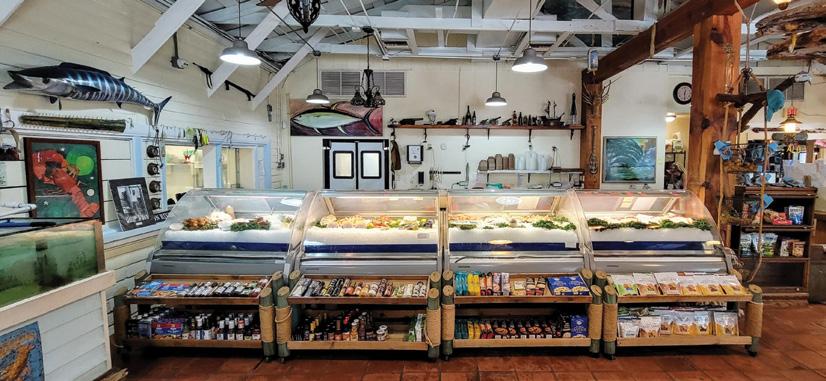The Plight of the
Cormorant
D
ouble-crested Cormorants are water birds that are widely distributed throughout North America and abundant here in Florida. They swim like ducks, sit low in the water like loons, and can dive to 25 feet or more. From a distance, they are often confused with the related Anhinga. Both are diving birds and can often be seen sunning with wings spread to dry out. But closer inspection reveals beautiful hues of taupe and brown plumage, a brilliant orange patch of facial skin, and aquamarine eyes that sparkle like jewels.
Double-crested Cormorant
During breeding season, they sprout white crests that look a bit like ears. A few decades ago, the widespread use of DDT (Dichlorodiphenyltrichloroethane) and other harmful insecticides nearly wiped them out. After the U.S. began banning such chemicals, their numbers steadily increased and Cormorants became a conservation success story. So why on God’s not-so-green-earth has the U.S. Fish and Wildlife Service (FWS) issued permits to cull tens of thousands of these birds each year across 37 states as recently as 2017? They have no commercial value and they’re not in the least bit palatable because of their nearly exclusive diet, which is fish, which is also a clue to the answer. While cormorants are protected under the Migratory Bird Treaty Act (MBTA) the FWS can issue Depredation Permits which entitle specific individuals, private organizations, and other federal and state agencies to lethally take a protected species. And so, they did, based on complaints of proliferating populations of the birds wreaking havoc (supposedly) on fish populations. The competition between anglers, both recreational and commercial, and fisheating birds is nothing new. Double-
4
www.InsideTrackAlmanac.com














